SOURCE: RAUNAK KUNDE / NEWS BEAT / IDRW.ORG
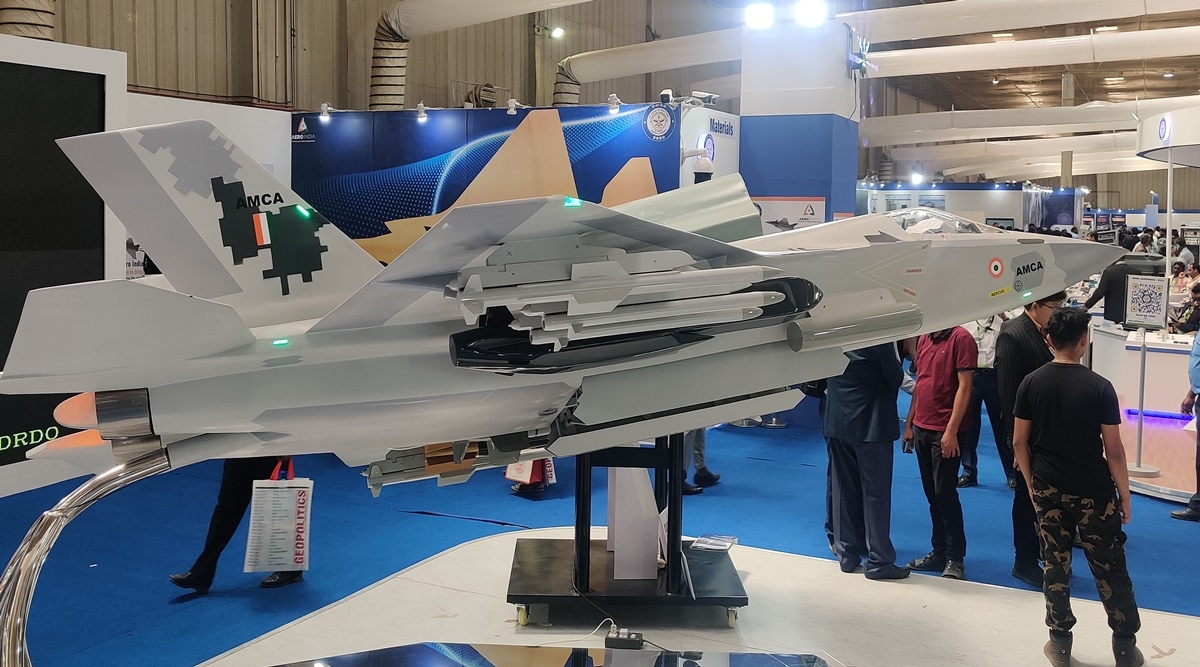
As India embarks on the development of its indigenous fifth-generation fighter jet, the Advanced Medium Combat Aircraft (AMCA), it faces the challenge of managing the higher unit costs, maintenance costs, and upgrades associated with such advanced aircraft. While fifth-generation fighter jets inherently come with higher costs due to their cutting-edge technology and capabilities, India’s goal is to achieve a remarkable feat – to have a lifecycle cost that is 60 per cent less than any other comparable fifth-generation fighter jet.
The AMCA project envisions a fighter aircraft that will be at the forefront of modern warfare, incorporating the latest advancements in avionics, stealth technology, sensors, and weapons systems. The designers of the AMCA are taking into account the inclusion of expensive and sophisticated equipment that inevitably drives up the unit cost compared to its predecessors, the fourth-generation (4.5 gen) fighter jets. However, they are optimistic that the initial unit cost will stabilize once major orders for the upgraded MkII AMCA are finalized around 2035.
Continue readingSOURCE: RAUNAK KUNDE / NEWS BEAT / IDRW.ORG
Adani Defence, a leading player in the Indian defence industry, has made a significant stride in bolstering the country’s defence capabilities by securing orders from the Indian Army for the UAV Launched Precision Guided Munition (ULPGM). This advanced weapon system was jointly developed with the Defence Research and Development Organisation (DRDO), showcasing the successful collaboration between the private sector and the government in strengthening India’s defence prowess.
The deliveries of the ULPGM are set to commence in the last quarters of the financial year 2023-24, marking a critical milestone in the adoption of cutting-edge technology by the Indian Army. The UAV Launched Precision Guided Munition had previously undergone successful developmental trials earlier this year, attesting to its effectiveness and reliability in combat situations.
Continue readingSOURCE: RAUNAK KUNDE / NEWS BEAT / IDRW.ORG
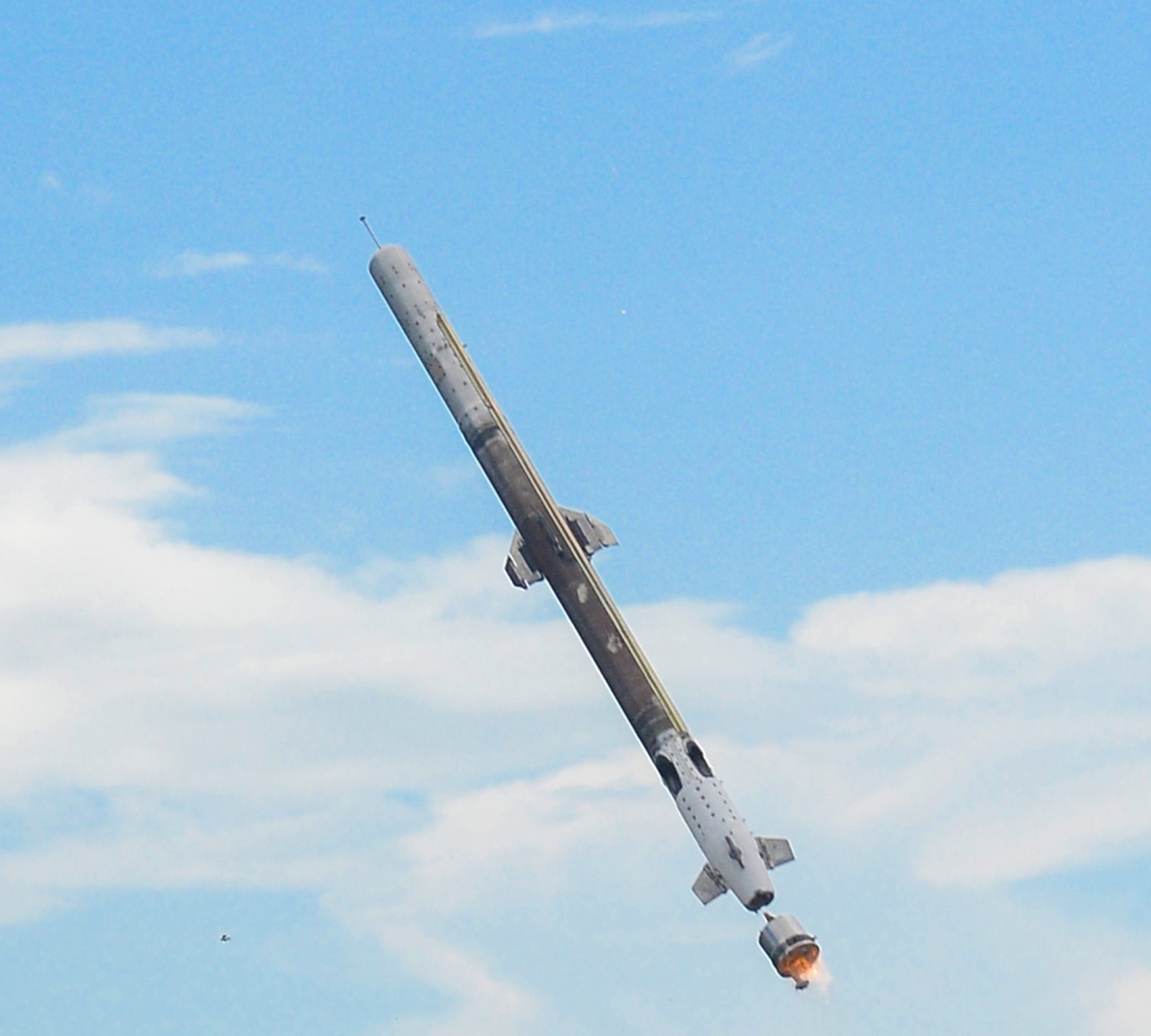
The Defence Research and Development Organisation (DRDO) of India is on the brink of a significant milestone as its Very Short Range Air Defence System (VSHORADS) missile, developed indigenously in collaboration with various DRDO laboratories and Indian industry partners, is set to enter Limited Scale Production. This cutting-edge Man Portable Air Defence System (MANPAD) has been hailed as a game-changer in India’s air defence capabilities and a testament to the nation’s growing prowess in advanced military technology.
Adani Defence, a prominent player in the Indian defence industry, has been chosen as the production partner for the VSHORADS missile system, adding to the success of the nation’s indigenous defence manufacturing ecosystem.
Continue readingSOURCE: IDRW.ORG TEAM

The Indian Space Research Organisation (ISRO) is set to bolster its capabilities in space situational awareness (SSA) with the implementation of Project Netra, an ambitious early warning system designed to detect potential hazards to Indian satellites. With a projected completion date by the end of 2024 or in early 2025, Project Netra will provide India with its own space debris radar, offering the ability to detect objects as small as 10 cm at a remarkable range of 2000 km.
The project, estimated to cost ?400 crore, will equip ISRO with a self-reliant SSA capability, placing India on par with other space powers that possess similar systems to ‘predict’ threats from space debris to their satellites. However, Project Netra goes beyond safeguarding against floating particles from dead satellites or rocket parts; it also serves as an implicit warning against potential missile or space attacks.
Continue readingSOURCE: IDRW.ORG TEAM

In a significant development, the Kerala Minerals and Metals Limited (KMML), a State Public Sector Unit, has secured a prestigious contract worth ?105 crore from the Indian Navy. The contract entails the supply of titanium sponge, a crucial material for the manufacturing of various components used in the defence sector. The order encompasses a total of 650 tonnes of material of different grades and is scheduled to be delivered over a span of five years.
The contract was awarded following a series of discussions and collaboration efforts between Industries Minister P. Rajeeve and senior officials from the Indian Navy earlier in January. Recognizing the potential of titanium sponge for defence applications, the Indian Navy expressed its interest in exploring the usage of this material in its manufacturing processes. Subsequently, a dedicated working group was formed to evaluate the feasibility and benefits of incorporating titanium sponge into the Navy’s defence projects.
Continue readingSOURCE: RAUNAK KUNDE / NEWS BEAT / IDRW.ORG
The Defence Research and Development Organisation’s (DRDO) Aeronautical Development Establishment (ADE) is gearing up to unleash a formidable array of Made In India weapon systems on its latest creation, the Armed Archer-NG Medium Altitude Long Endurance (MALE) Unmanned Aerial Vehicle (UAV). The Archer-NG, set to roll out later this year, is lined up to be equipped with a diverse range of weapon systems to make it a potent combat UAV, capable of tackling a variety of missions.
The Armed Archer-NG is designed to carry a payload of up to 300kg with its four hard points, providing the flexibility to integrate different combinations of weapon systems. One of the key weapons in the arsenal of the Archer-NG is the Third Generation “Fire & Forget” UAV Launched Precision Guided Munition (ULPGM) Anti-Tank Guided Missile. With a range of 4km, this missile is capable of taking out soft-skin targets, vehicles, bunkers, tanks, windows, and fast-moving targets, making it a versatile and lethal tool on the battlefield. DRDO has also planned three more variants of this missile, with an extended range of over 6km, further enhancing its potency.
Continue readingSOURCE: RAUNAK KUNDE / NEWS BEAT / IDRW.ORG
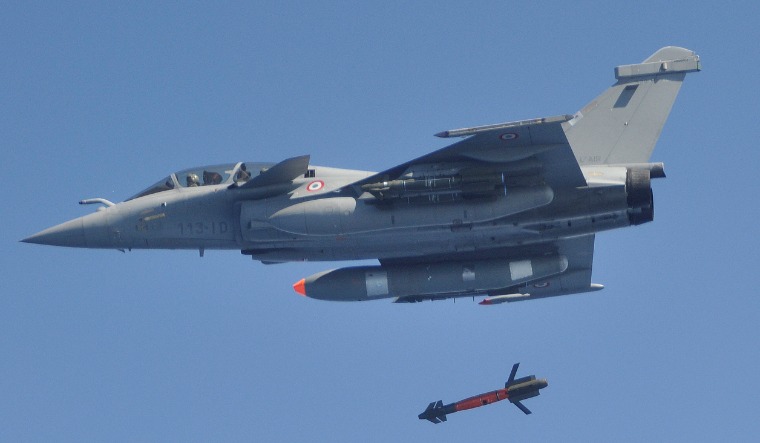
India’s defence capabilities are set to receive a significant boost as Hindustan Aeronautics Limited (HAL) prepares to conduct trials of the HAMMER (Highly Agile Modular Munition Extended Range) missiles. These advanced missiles were originally ordered from France to equip the Rafale fighter jets, but they have now been selected for integration into India’s indigenously developed LCA Tejas fighter jets as well.
The HAMMER missiles have gained prominence in the Indian defence arsenal after fresh orders were placed in 2021 for their procurement, extending beyond the initial purchase of the Rafale jets. HAL, one of India’s premier aerospace and defence organizations, has taken on the task of incorporating these powerful munitions into the LCA Tejas fighter aircraft.
Continue readingSOURCE: RAUNAK KUNDE / NEWS BEAT / IDRW.ORG
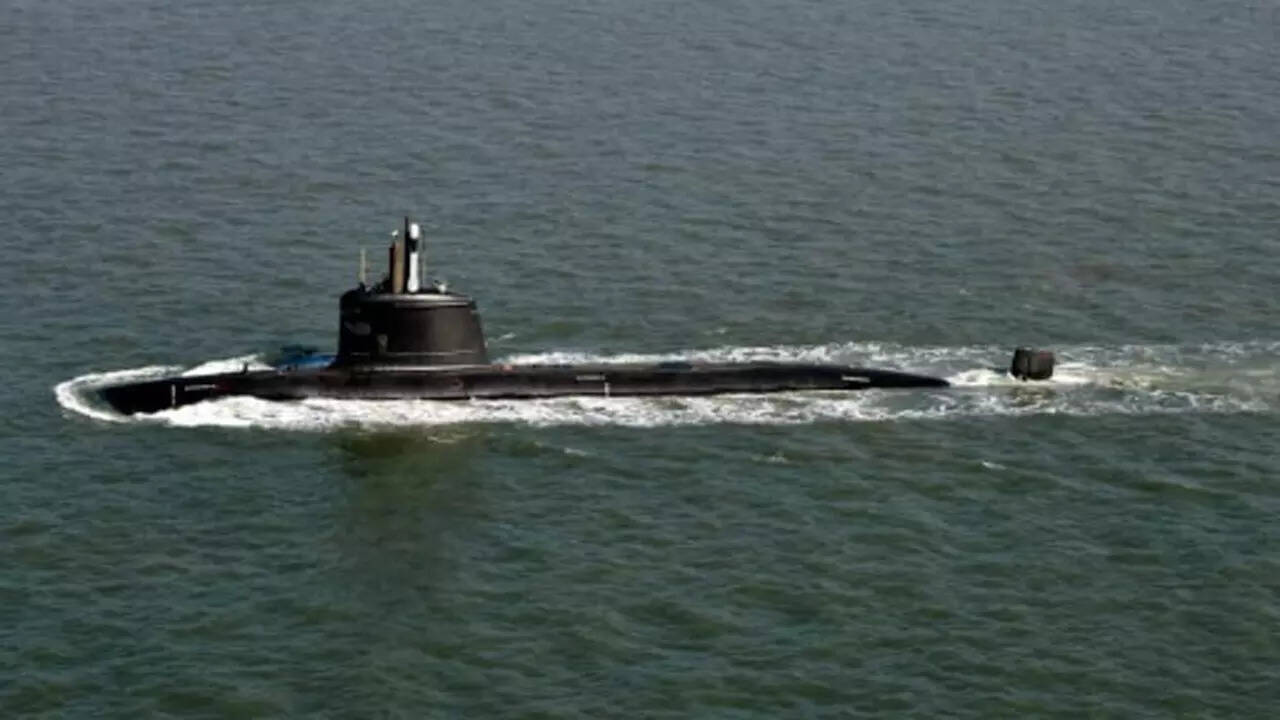
The Philippines, an archipelagic nation strategically located in the Western Pacific, is taking a significant stride towards bolstering its naval capabilities. With a focus on enhancing its maritime security and asserting its presence in the region, the Philippine Navy is considering the procurement of French-developed Scorpène class submarines. This potential acquisition marks a crucial milestone in the country’s quest to modernize its defence forces and safeguard its territorial waters.
A recent visit by a team of specialists to the facilities of the Naval Group in France signals the Philippines’ keen interest in exploring the option of locally constructing these state-of-the-art submarines under a license agreement. The Scorpène class submarines are renowned for their advanced technology, stealth capabilities, and operational flexibility, making them an attractive choice for countries seeking to strengthen their underwater warfare capabilities.
Continue readingSOURCE: IDRW.ORG TEAM
The Defense Research and Development Organization (DRDO) of India has embarked on an ambitious journey to develop a cutting-edge modular small satellite launch vehicle, codenamed “Veda,” specifically designed for rapid integration into the launcher. This project, recently approved in principle by the Ministry of Defense (MOD), is a significant stride in India’s space endeavors, aiming to enhance its capabilities in deploying defense satellites for a range of critical applications, including surveillance, communication, and navigation.
The Veda small satellite launch vehicle is envisioned as a three-stage, solid-propellant rocket capable of carrying payloads weighing between 150 to 650 kilograms to Low Earth Orbit (LEO) from mobile launch platforms. This state-of-the-art SLV will be a game-changer in India’s defense landscape, providing the armed forces with an independent and flexible means of deploying vital satellite assets to bolster their operational readiness and strategic intelligence.
Continue readingSOURCE: IDRW.ORG TEAM
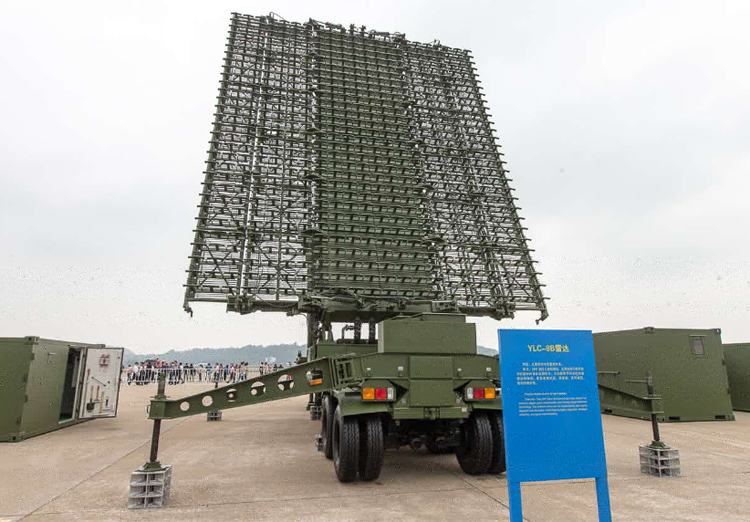
In the rapidly evolving landscape of modern warfare, the ability to detect and counter stealth technology has become a critical aspect of national defense. India’s Defense Research and Development Organization (DRDO) is at the forefront of this endeavor, spearheading the development of various Anti-Stealth Radars that promise to revolutionize the way stealth threats are detected and neutralized.
Stealth technology, designed to render aircraft and other military assets nearly invisible to traditional radar systems, has posed a formidable challenge to conventional defense mechanisms. However, DRDO’s relentless pursuit of innovation has led to the conceptualization and development of a range of cutting-edge Anti-Stealth Radars, each equipped to tackle different dimensions of stealth warfare.
Continue readingSOURCE: RAUNAK KUNDE / NEWS BEAT / IDRW.ORG
Vice-Admiral Biswajit Dasgupta, the Flag Officer Commanding-in-Chief of the Eastern Naval Command, has confirmed that the eagerly awaited Naval Alternative Operations Base (NAOB) project at Rambilli in Anakapalle district is on track for commissioning by mid-2024. This groundbreaking initiative, which received clearance from the Modi Government in 2018, marks a significant milestone in India’s quest to strengthen its maritime defence capabilities.
The NAOB project’s primary objective is to expand facilities for future nuclear-powered vessels of the Indian Navy, including recharge stations and technical support areas. The base will be located at Rambilli in the Anakapalle district, strategically positioned to enhance India’s naval capabilities and safeguard its maritime interests.
Continue readingSOURCE: RAUNAK KUNDE / NEWS BEAT / IDRW.ORG

India’s Hindustan Aeronautics Limited (HAL) is eagerly seeking a prominent role in the Indian Air Force’s plans to acquire 60-80 Medium Transport Aircraft (MTA). The IAF had issued a Request for Information (RFI) to interested vendors, and offers have been received from Lockheed Martin with its C-130J Super Hercules, Embraer with its C-390M, and Airbus with its Airbus A400M Transport Aircraft. These aircraft have the potential to be manufactured locally in India through tie-ups with HAL, a state-owned aerospace and defence company.
HAL’s interest in the MTA procurement comes after it was left out of the C-295 Transport aircraft deal, which will now be manufactured in India by Airbus-Tata Defense Consortium in a new facility in Dholera, near Ahmedabad. This facility marks India’s first private manufacturing unit for military aircraft, representing a significant step forward in the country’s indigenous defence production capabilities.
Continue readingSOURCE: RAUNAK KUNDE / NEWS BEAT / IDRW.ORG

The Gas Turbine Research Establishment (GTRE), a laboratory under the aegis of the Defense Research and Development Organisation (DRDO), has embarked on an ambitious journey to complete the development of the Dry Kaveri engine by the end of 2025 or early 2026. The Dry Kaveri engine, boasting a thrust of 46kN, holds immense promise for India’s aviation and defence sectors. GTRE aims to integrate the engine into a platform for in-flight testing, marking a critical milestone in its development.
In a significant step towards realizing this vision, DRDO signed a crucial deal with Godrej Aerospace in September 2022 to manufacture eight Kaveri engines. These engines will facilitate more trials, allowing the GTRE team to refine and fine-tune the engine’s performance before the planned completion of all tests by 2025.
Continue readingSOURCE: IDRW.ORG TEAM

Recent statements made by Lieutenant General (Retired) Khalid Kidwai, the advisor to Pakistan’s National Command Authority, claiming that Pakistan’s ballistic missiles can defeat India’s Ballistic Missile Defence (BMD) Program, have raised eyebrows and drawn attention to the evolving security dynamics in the region. While these claims may be seen as a display of military prowess and strategic posturing, it is essential to analyze the realities behind such assertions.
One of the key missiles cited in Kidwai’s speech is the Ababeel, a surface-to-surface medium-range ballistic missile developed by Pakistan. The Ababeel is said to be equipped with Multiple Independently Targetable Re-entry Vehicle (MIRV) technology. MIRV enables a single missile to carry multiple warheads, each capable of targeting a different location independently. This technology has historically been associated with intercontinental ballistic missiles (ICBMs) carrying thermonuclear warheads.
Continue readingSOURCE: IDRW.ORG TEAM

India’s decision to gift its in-service missile corvette, INS Kirpan, to Vietnam has become a focal point in the complex geopolitical dynamics of the Indo-Pacific region. The move reflects the strengthening bilateral strategic and defense partnership between India and Vietnam, driven by common concerns over China’s assertive actions in the South China Sea. However, this gesture has not been received well by China, and state-owned Chinese media outlets have accused India of harboring desires to instigate armed conflicts in the region.
The background of tensions between China and Vietnam dates back to the late 1970s when China launched an offensive in response to Vietnam’s invasion and occupation of Cambodia in 1978. Since then, the Sino-Vietnam relationship has been marked by friction and mistrust. Against this backdrop, India’s gift of INS Kirpan to Vietnam has added fuel to the fire, as it is seen as a strategic move to counterbalance China’s growing influence in the South China Sea.
Continue reading